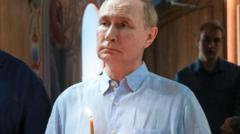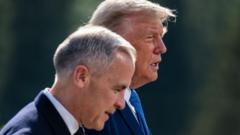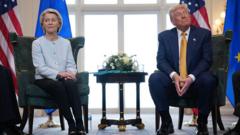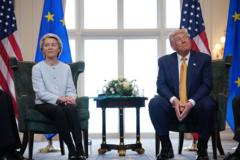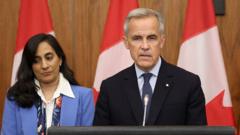In a closely watched election, Mark Carney's Liberal Party has narrowly missed achieving a majority in Canada’s Parliament, winning 169 of the 343 seats available. This outcome necessitates collaboration with smaller parties for governance, emphasizing the challenges ahead.
Mark Carney's Liberals Fall Short of Majority in Canadian Election

Mark Carney's Liberals Fall Short of Majority in Canadian Election
Mark Carney's Liberal Party secures 169 seats but will need support from other parties to govern effectively.
In the aftermath of the election held on Monday, results revealed that Prime Minister Mark Carney and his Liberal Party secured only 169 seats, just three shy of the 172 needed for a majority in Canada's House of Commons. The Conservative Party, led by Pierre Poilievre, came in second with 143 seats, suffering a significant loss as Poilievre himself was ousted from the seat he held for two decades.
Despite the setback of not securing a majority, the election result is a significant victory for Carney and the Liberals, who were predicted to fare poorly just months prior. The election signifies a continuation of Liberal rule, marking their fourth successive term.
Carney’s leadership began amid turbulent economic conditions exacerbated by former President Trump's tariffs on Canadian imports, which altered the political landscape in the lead-up to the election. The result calls for negotiation and coalition-building, as the Liberal Party must look toward smaller, aligned parties such as the Greens and the New Democrats to advance their legislative agenda. The Liberals have successfully governed without a majority for the past four and a half years, suggesting that while the path may be rocky, collaboration could allow the party to push through essential policies.

